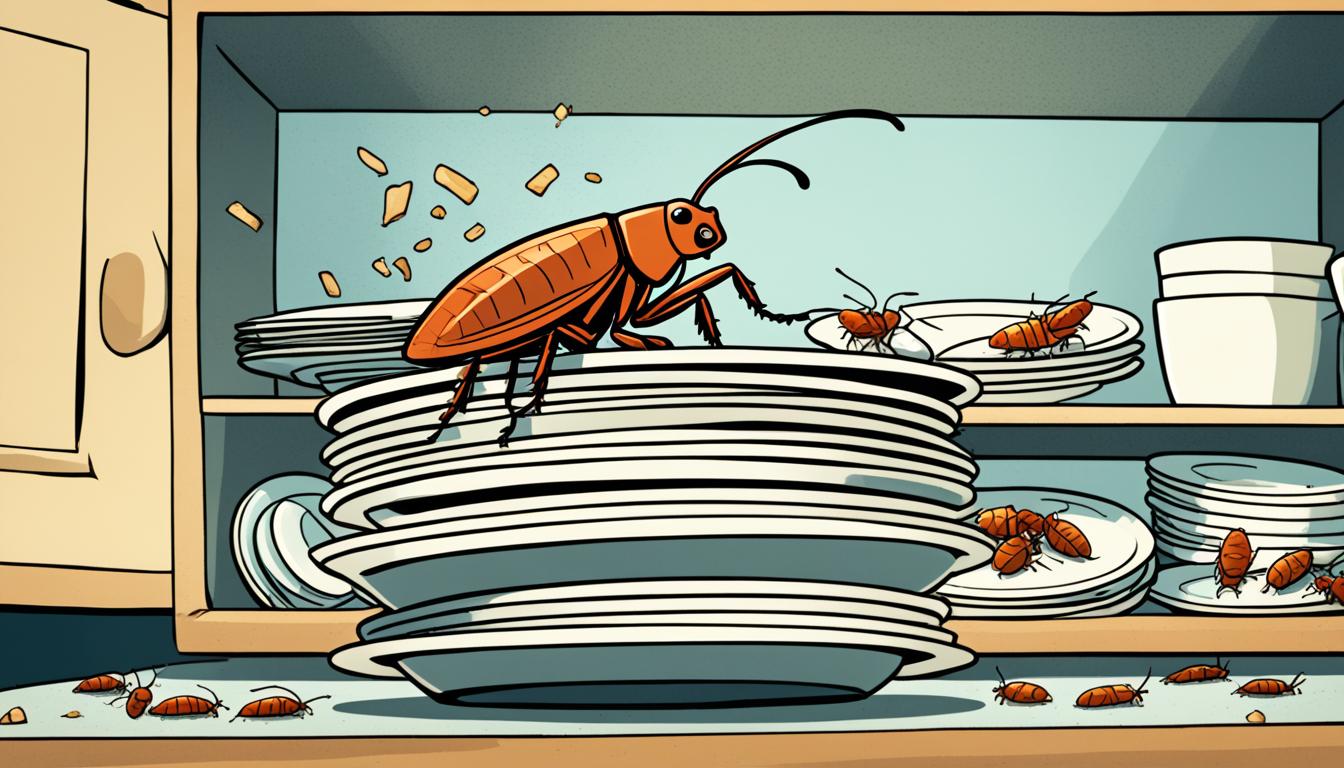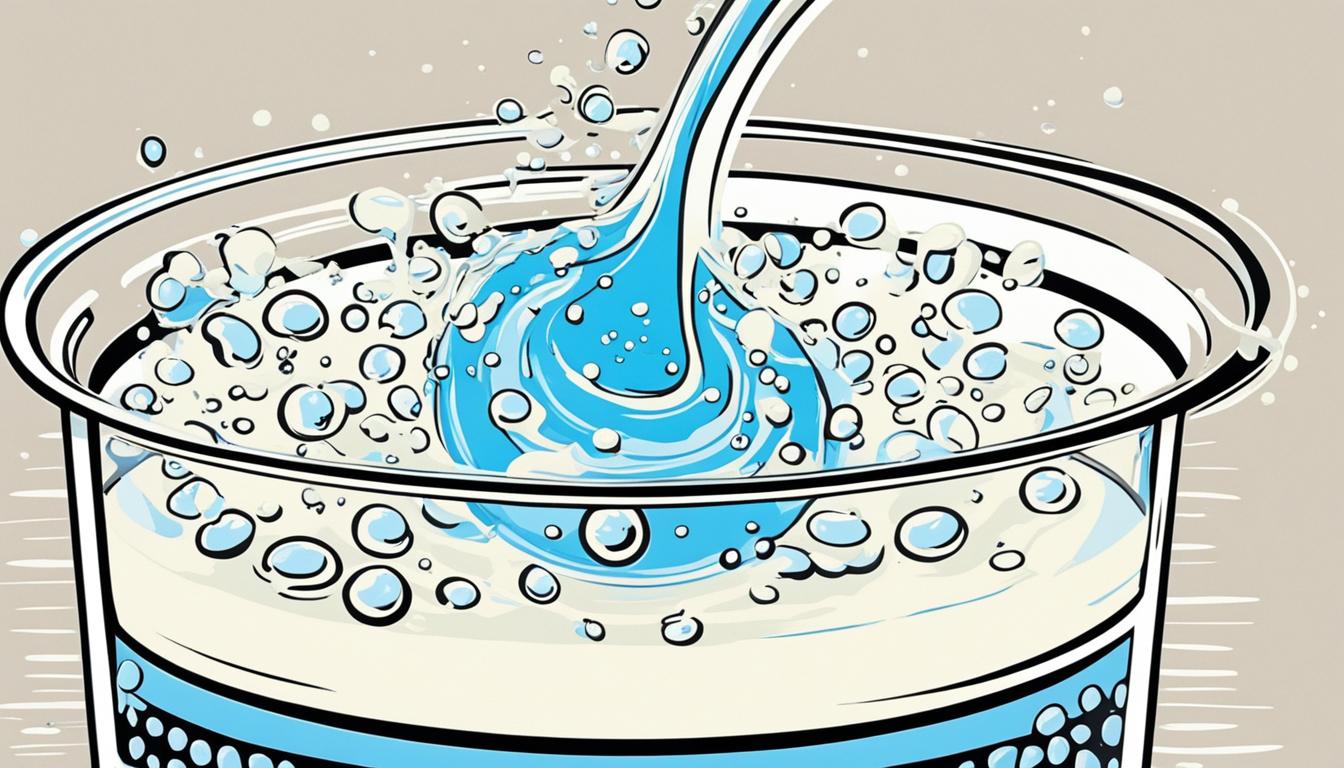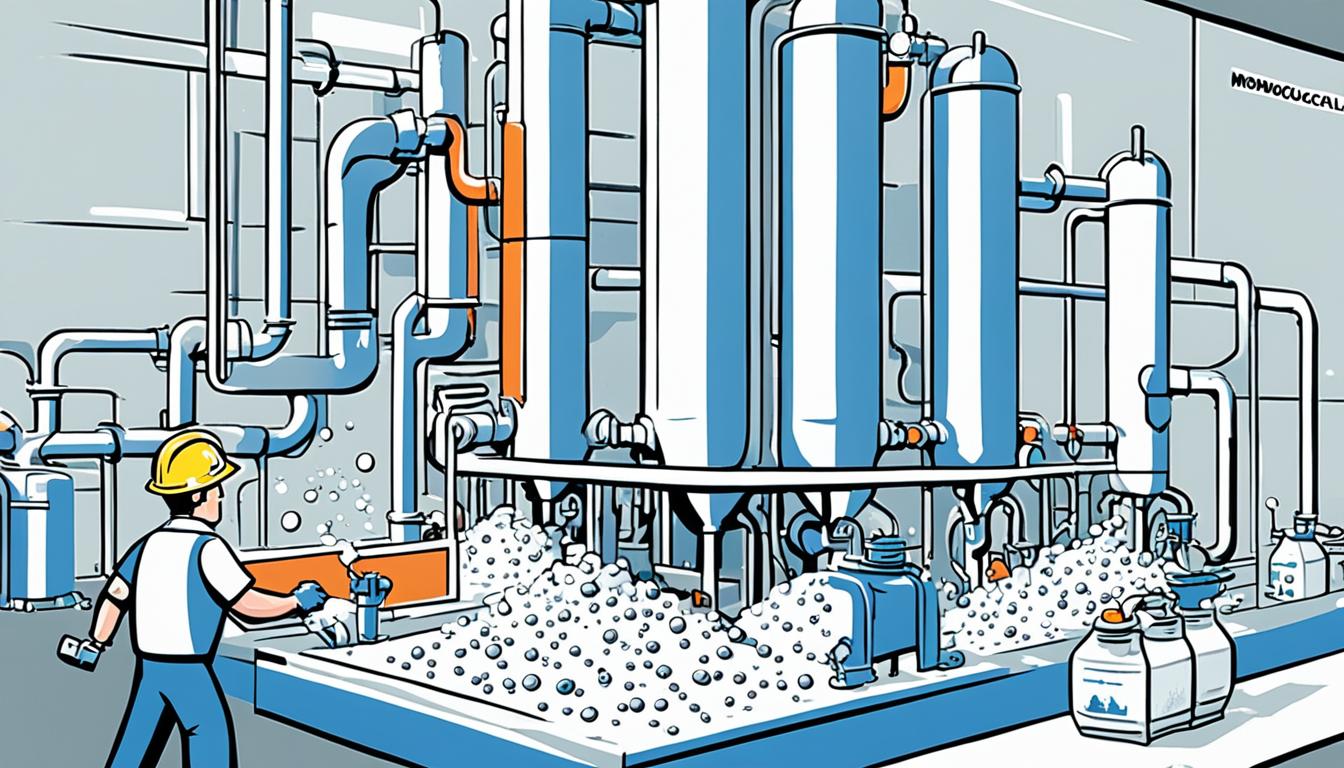You're about to reveal the secret to elevating your dishes with a rich and flavorful sauce, as chicken jus is crafted from roasted chicken juices, demonstrating the art of intense flavor elevation. This savory sauce serves as a finishing touch, achieving its rich flavor through slow reduction. By collecting juices from roasted chicken, straining and simmering them, you'll reveal a concentrated flavor that enhances soups, stews, and pan-seared meats. With its ability to add depth and richness, chicken jus is a versatile base for sauces, gravies, and soups. As you explore the world of chicken jus, you'll discover the secrets to elevating your culinary creations.
Key Takeaways
- Chicken Jus is a rich and flavorful sauce crafted from roasted chicken juices, demonstrating intense flavor elevation through slow reduction.
- The preparation involves collecting juices, straining to remove solids, and simmering to concentrate flavors, resulting in a rich and flavorful sauce.
- Chicken Jus unlocks umami flavor, enhancing dishes with a deep, savory taste and serving as a versatile base for various sauces, gravies, and soups.
- This finishing sauce elevates the taste of soups, stews, pan-seared meats, and roasted or grilled chicken, adding a professional touch to culinary creations.
- As a low-fat, low-calorie, and nutrient-rich condiment, Chicken Jus provides a concentrated dose of essential vitamins, minerals, and protein, supporting muscle growth and repair.
What Is Chicken Jus?
Discover the essence of French cuisine with Chicken Jus, a rich and flavorful sauce crafted from the carefully collected and reduced juices of roasted chicken. This classic French sauce is a demonstration of the culinary art of elevating dishes with intense flavor.
You'll find that Chicken Jus serves as a finishing sauce, adding depth and richness to a variety of culinary creations. Its intense flavor profile is achieved through the slow reduction of roasted chicken juices, which concentrates the flavors and creates a velvety texture.
The Art of Preparation

To harness the full potential of chicken jus, you'll need to master the art of preparation, which begins with carefully collecting and straining the juices from roasted chicken. This process is essential in creating a rich and flavorful sauce that elevates any dish.
| Step | Description |
|---|---|
| Collecting | Carefully pour the juices from the roasted chicken into a clean container |
| Straining | Use a fine-mesh sieve or cheesecloth to remove any solid particles |
| Reducing | Simmer the juices over low heat to concentrate the flavors |
Unlocking Umami Flavor

By tapping into the power of chicken jus, you can reveal a profound umami flavor that enhances your dishes to new heights. This rich and intensely flavorful liquid is the key to accessing a deep, savory taste experience in your culinary creations.
As you incorporate chicken jus into your cooking, you'll notice a significant boost in umami flavor, adding depth and richness to your final dishes. This is because chicken jus serves as a versatile base for sauces, gravies, and soups, allowing you to create complex flavor profiles with ease.
By understanding the umami-boosting properties of chicken jus, you'll be able to enhance your culinary creations to a new level. Whether you're looking to add a savory depth to your soups or enhance the flavor of your sauces, chicken jus is the perfect ingredient to have in your arsenal.
Elevating Dishes With Jus

With chicken jus, you can instantly enhance a variety of dishes, from soups and stews to pan-seared meats and roasted vegetables, by adding a rich, savory flavor that takes your culinary creations to new heights.
As a home cook or seasoned chef, incorporating chicken jus into your repertoire can make a significant difference in the flavor profile of your dishes. By understanding the basics of chicken jus, you can tap into its full potential and add a professional touch to your culinary creations.
Chicken jus serves as a versatile finishing sauce for roasted or grilled chicken, enhancing the flavors with its intense taste. Additionally, it can be incorporated into soups, stews, and used as a base for pan sauces and gravies, elevating the overall dish.
Health Benefits of Chicken Jus

Rich in nutrients and low in fat and calories, chicken jus offers a guilt-free flavor boost to your meals. When you choose chicken jus, you can indulge in the rich flavors of roasted chicken without worrying about compromising your dietary goals. As a natural source of protein, chicken jus supports muscle growth and repair, making it an excellent addition to your meals.
The reduction process involved in making chicken jus concentrates the nutrients and flavors from the chicken, providing a concentrated dose of vitamins and minerals like iron and zinc. These essential nutrients support overall health and immunity, ensuring you stay healthy and energized.
By using chicken jus in moderation, you can enhance the nutritional value of your meals without sacrificing flavor. With its low-fat and low-calorie profile, chicken jus is an excellent choice for health-conscious individuals who refuse to compromise on taste.
Jus in Modern Cuisine

In today's culinary landscape, you'll find chicken jus taking center stage as a sought-after ingredient, adding unparalleled depth and richness to a wide range of dishes.
As a staple in modern cuisine, chicken jus has become an essential component in many high-end restaurants, elevating dishes with its intense flavor profile. Chefs worldwide incorporate chicken jus into their creations to intensify flavors, and its versatility allows it to complement a wide range of ingredients and cooking styles.
Modern culinary techniques have further elevated chicken jus to a culinary essential, making it a go-to ingredient for many chefs. From classic French cuisine to contemporary fusion dishes, chicken jus has evolved to become an indispensable element in modern cuisine.
Its ability to enhance flavors and add depth to dishes has made it a sought-after ingredient, and its popularity continues to grow in the culinary world. As a result, chicken jus has solidified its position as a modern culinary essential, and its influence can be seen in many modern culinary creations.
Frequently Asked Questions
What Is Chicken Jus Made Of?
You're wondering what chicken jus is made of? It's primarily a reduction of roasted chicken juices, enhanced with herbs like thyme and rosemary, and seasonings, resulting in a rich, concentrated sauce that's packed with flavor.
How to Spatchcock a Chicken Serious Eats?
"Cut to the chase" and master the art of spatchcocking a chicken with Serious Eats' step-by-step guide, where you'll learn to remove the backbone, flatten the bird, and achieve crispy skin and juicy meat in no time!
Conclusion
As you savor the rich, velvety goodness of chicken jus, remember that it's not just a fancy sauce – it's a culinary symphony conductor, harmonizing flavors and elevating dishes to new heights.
Imagine a world where every meal is a gourmet experience, and chicken jus is the maestro, orchestrating a culinary revolution one spoonful at a time.
So, go ahead, indulge in this savory delight, and let the umami flavor notes transport you to a world of epicurean bliss.










